 Last week, JAMA issued some unusual notices, letting readers know they should use caution when reading an editorial and letters associated with now-retracted articles by a bone researcher in Japan.
Last week, JAMA issued some unusual notices, letting readers know they should use caution when reading an editorial and letters associated with now-retracted articles by a bone researcher in Japan.
The notices — for papers by Yoshihiro Sato, now up to 14 retractions — remind readers not to heed the results of the now-retracted papers, and alert them to read any associated materials (specifically, an editorial in JAMA and letters in JAMA Internal Medicine) with caution.
The text of the notices describes them as “formal correction notices;” we asked Annette Flanagin, executive managing editor at The JAMA Network, why they chose that approach, instead of an expression of concern or retraction:
Continue reading JAMA tells readers: “Caution advised.” Here’s why.
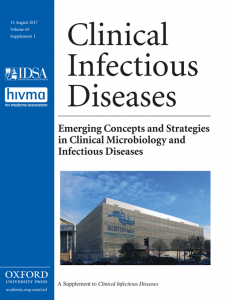 Post-publication peer review isn’t just for scientists. Newspaper reporters can help correct the scientific record, too.
Post-publication peer review isn’t just for scientists. Newspaper reporters can help correct the scientific record, too. 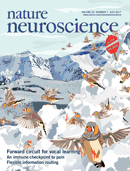
 Journals have posted two corrections alongside papers by
Journals have posted two corrections alongside papers by 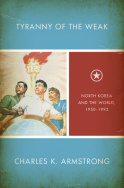 A historian based at Columbia University has returned a 2014 prize after criticisms prompted him to issue more than 70 corrections to his prominent book about North Korea.
A historian based at Columbia University has returned a 2014 prize after criticisms prompted him to issue more than 70 corrections to his prominent book about North Korea.
 Despite taking some serious hits, a 2006 letter in
Despite taking some serious hits, a 2006 letter in 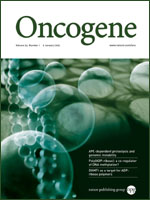 Here’s a rather odd case: When readers raised issues about some of the images in a 2008 cancer paper, the authors issued a correction last year. But when
Here’s a rather odd case: When readers raised issues about some of the images in a 2008 cancer paper, the authors issued a correction last year. But when 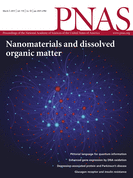
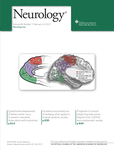 Neurology has partially retracted a 2016 paper, replacing a figure and removing the author who contributed it
Neurology has partially retracted a 2016 paper, replacing a figure and removing the author who contributed it